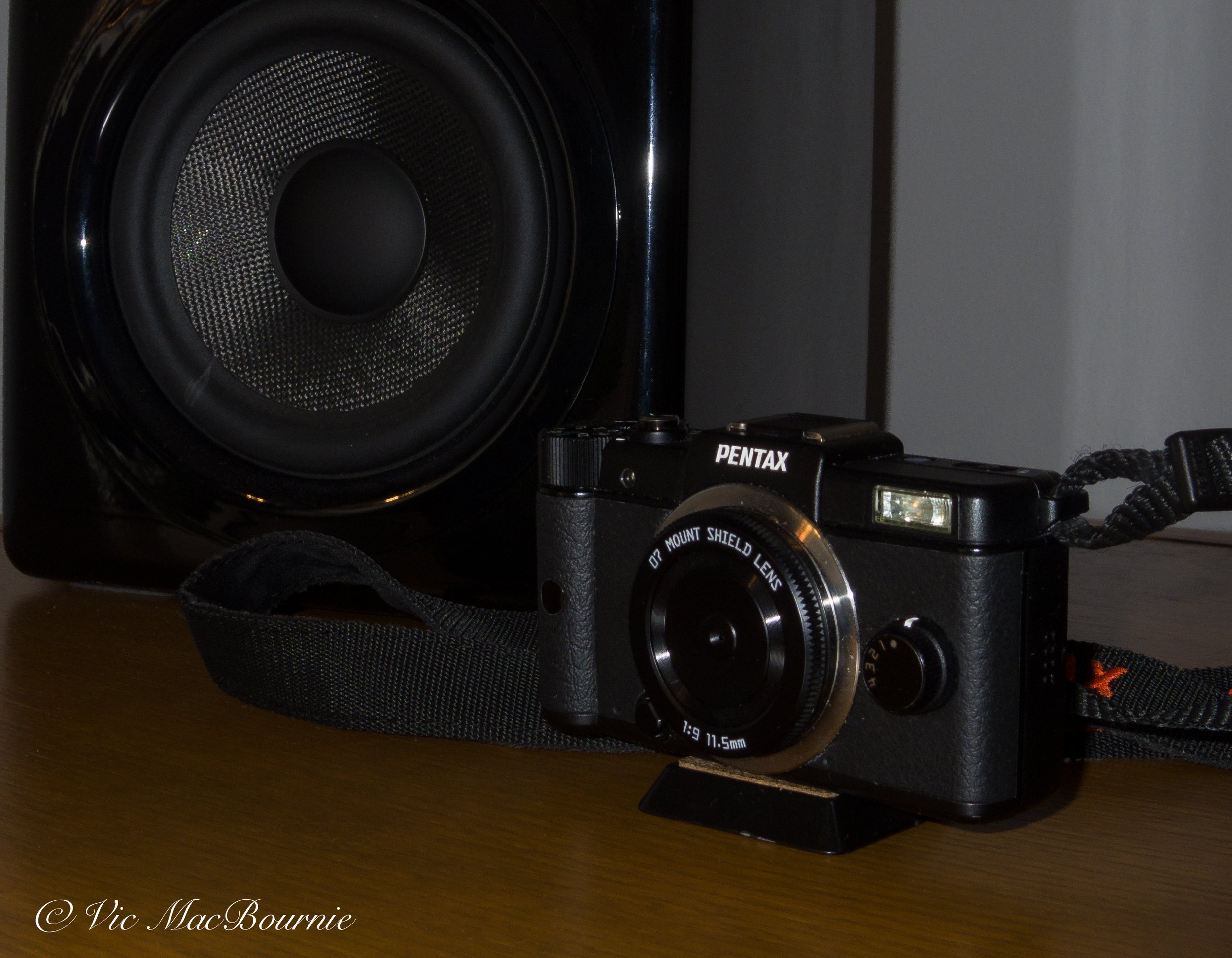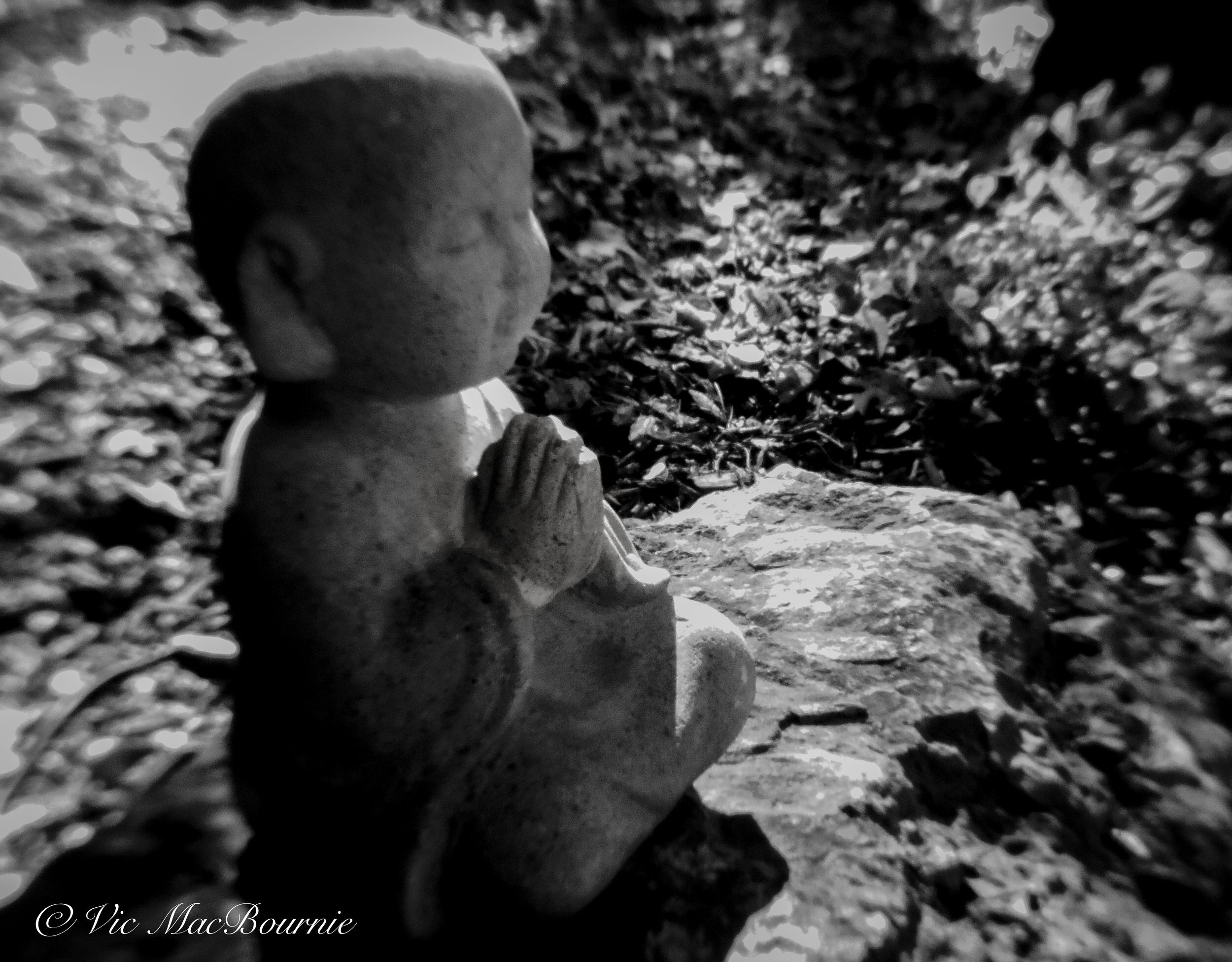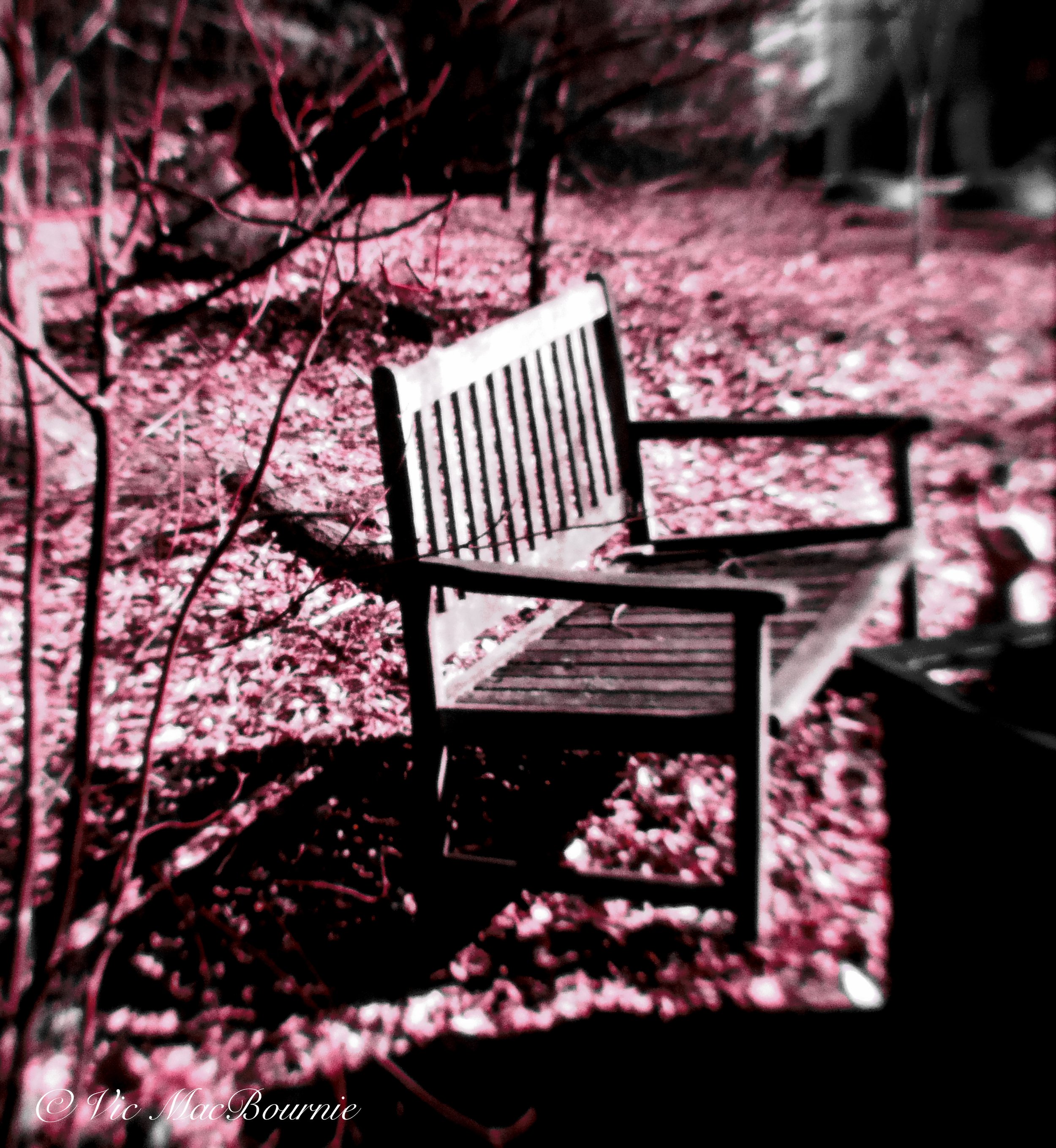Pentax Q and Mount Shield Lens: A lomographers’ dream?
Lens combines lomography and lensbaby effects
Is it possible that the Pentax Q is the ultimate lomography camera?
Purists would scoff at the idea that a digital camera – even one as quirky as the miniaturized Pentax Q – could ever be considered a leader in the world of lomography. But team it with the quirky 07 Mount Shield Lens or any number of vintage lenses, and lomographers might just be forced to take a little closer look.
After all, lomography is all about using cheap plastic film cameras with low resolution plastic lenses together with even lower resolution and bizarre film stocks. It’s inspired by analog techniques of vintage lenses and embraces lens distortions, light leaks, and other quirks as part of the creative process. Lomography encourages playful and spontaneous shooting and values the aesthetic qualities of the photographs that result from these techniques.
All this in the pursuance of creating artistic images with equipment that makes the finished result extremely difficult to predict.
That doesn’t sound much like the traditional Q line of cameras and lenses.
This image taken with the Pentax Mount Shield Lens and some post processing has a lomography look to it that I think works nicely.
• If you are looking for a Pentax Q, the Mount Shield Lens or any other piece of hard-to-find photographic gear, be sure to check out KEH Photographic for an outstanding selection of used equipment at great prices.
The Pentax Q was first released back in June 2011 as a highly refined, extremely well-built miniaturized digital camera in an impressive magnesium body that could be paired with its own line of high-quality lenses. It is capable of capturing incredibly sharp images in RAW or jpeg. In fact, Pentax was so concerned about obtaining the highest quality resolution that it was one of the first camera makers to remove the anti-aliasing filter from the sensor to improve sharpness.
Doesn’t sound much like the cheap plastic Diana cameras from Hong Kong’s Great Wall Plastic Co. and Russia’s Holga cameras that led the charge and resurgence into lomography.
But stay with me and we’ll try to explain the link between the Pentax Q and lomography
In the meantime, if anyone doubts the re-emergence of shooting film and the use of very low-fi film cameras, just check out this lomography.com website. It’ll change your mind in a hurry. It may also introduce you to a new style of photography.
So, how does all this relate to the Pentax Q?
Pentax releases Mount Shield Lens
Back in 2013, just about the time lomography was experiencing another resurgence, Pentax released the 07 Mount Shield Lens for the Q series of cameras. This low-fi, pinhole-style body cap lens was an interesting departure from the line of high-quality lenses released for the Q and set the stage for Pentax Q users to begin turning their trusted miniature mirrorless cameras into digital lomography gems.
One look at the Pentax Q Facebook group I belong to and it’s not hard to see that Q users, whether they know it or not, are using the camera to capture lomography-style images with vintage lenses, including the little plastic Mount Shield Lens.
Pentax’s Mount Shield lens (or 07 as Pentax labels it) is certainly a low-cost, low-fi plastic lens that has been described as either the “worst lens ever made or the best body cap lens ever made.” It has a fixed focal length that comes in at 11.5mm (63.5mm equivalent on the original Q slightly wider on newer Q versions). The aperture is fixed at f/9. There’s no need or way to adjust aperture, and the focus is fixed around 0.5m (20 inches), so no need to focus. Since the lens has a relatively small f/9 aperture, Pentax says this allows objects as close as 0.3m (almost 12 inches) to about 2m (more than 6 feet) to be in focus. (Your experience may differ depending on your lens.)
The shield lens may have been one of the first, but the world of mirrorless cameras opened up a long list of vintage lenses that work on the Pentax Q – many of them with dubious quality – but all of them with a quirkyness that perfectly fits the lomography style.
Okay, so what in the world is this “lomography” style all about? Although in its purist form, lomography involves using cheap plastic 120mm film cameras and lenses, there are many iterations that now include using proper – even modern – film cameras with specialized lenses that give odd or pleasingly soft bokeh among other characteristics. In fact, many of these highly specialized, beautifully made lenses are quite expensive( see the art lenses website). Other lomo shooters prefer to use traditional lenses with specialized lomography films which can be purchased at the lomography.com website.
We only need to look at the ten golden rules of lomography to begin seeing a connection with the Pentax Q.
Always carry your camera with you so as not to miss chances of capturing spontaneous images.
Shoot in whatever light is available to get more unpredictable and “artsy” images.
Make photography (lomography) a part of your every day life.
Try to capture spontaneous moments like that we see in street photography. Shoot from the hip and have fun.
Don’t be afraid to get up close to your subject.
Try not to overthink your shots – just shoot and check out the results later.
Always be ready to capture moments in time rather than technically perfect images.
Experiment and embrace the unknown without expectation
Take time to assess results at a later time.
Most importantly have fun and break the rules.
So how does the Q-series line up with these golden rules of lomography and make the Pentax Q a digital lomography camera extraordinaire.
The Pentax Q has always been thought of as a fun camera; one that is so small you can take it anywhere and everywhere with you, and one that encourages a creative approach with its myriad of built-in filters including a separate setting for bizarre blur effects. You can play with the colour settings or go bold contrast black and white at the twist of a button. It’s small sensor means noise is likely if the camera is pushed to extremes and, when paired with the Shield lens or vintage lenses, lomography-style photographs are at your fingertips.
Like many of today’s specialized lomography film stocks, there are built-in filters to create mono-colour images.
But, most importantly, it’s the ability to mount exquisite 50-year-old cinematic lenses on the camera to capture that highly-sought after vintage look. How about mounting the miniature Pentax 110 lenses released back in 1978 on the Q to capture images with a vintage look.
For more on using Pentax 110 lenses on the Pentax Q check out my extensive post here.
With a few adapters, the list is almost endless.
And, what makes the Q system even more exciting, is that you are not having to pay for the added expense of buying and developing modern lomography film.
Speaking of lenses, if you want to see some exquisite lenses created for lomography, check out these at the Art Lens website.
Shooting with the Shield lens
Everything that makes the Mount Shield lens a lomographers’ dream, also makes it appear difficult to use. Most of us are looking for sharp, technically correct images from edge to edge. That’s not what you are going to get with the shield lens.
Expect the unexpected. Odd, out-of-focus areas on your images, possible fringing, sharp central focus with softness spreading out to the edges… just to name a few. If you are using it for landscapes, chances are the entire image will be soft. Put something close to the lens in the focus zone and let the landscape drift out of focus for cool effects.
If you are taking photos in the garden, move in close to capture interesting effects similar to the style of images you may get with a Lensbaby.
Hello, World!
Combined with the many filters available in the camera and the separate blur control setting opens up a new world to photographers looking to experiment with their images.
And, after all, isn’t that what lomography is all about? Pop the shield mount on a Pentax Q and you’ve got a miniaturized camera that you can take anywhere and everywhere. There is no way to focus the lens, so shoot from the hip in whatever light you have. Experiment with filters – bold monochrome is a favourite. Try the extract colour filter which creates a B&W image that pulls out a single colour out of the image. The possibilities are endless.
Experience the joys of lomography
I know that a Pentax Q teamed with the Shield Lens or vintage lenses will never replace the joy purists have of shooting lomography film with a cheap plastic camera and lens. But the experience of shooting with an unpredictable lens in the pursuance of creative images is one that most photographers will surely enjoy and, more importantly, benefit from photographically as they push their creativity to new levels.
The fact that you can easily carry the combo around with you in a coat pocket makes it the ideal combination for photographers looking to capture their everyday surroundings.
Is it a lomographers’ dream camera? Probably not. But can it introduce digital shooters to a new creative process where pixel peeping is unheard of, mega sensors are of no importance and quirky is cool again.
Absolutely.
The Lomography Society International was founded in 1992 to promote the use and appreciation of analog photography. Today, the brand offers a wide range of cameras, films, and accessories and a community of enthusiasts who share their work and experiences online.
Author Profile: Vic MacBournie is a former journalist and author/owner of the award-winning website Ferns & Feathers. He writes about his woodland wildlife garden that he has created over the past 25 years and enjoys sharing his garden photography with readers.











